“I do not distinguish between my life and my work. The two are inextricably interwoven.”
Katja Pudor’s Artistic Approach
Katja Pudor is a Berlin-born artist who earned a degree in painting/free art from the Weißensee Kunsthochschule Berlin under the guidance of Katharina Grosse. She was inspired by her father’s musical performances as a flautist in venues such as the Brecht Theatre, which fueled her passion for drawing, dancing, and acting during her childhood. Katja’s creative approach today is shaped by these early influences, as she intertwines her personal and professional spheres. As a mother of two, her experiences in motherhood have also influenced her perspective and approach to her artistic practice.
Katja embodies the roles of a dancer, choreographer, and pianist, and during the lockdown measures of 2020/2021, she undertook the I Feel Like A Dancer, A Choreographer, A Pianist _The Beethoven project. This elaborate series of works involved a meticulous examination of Ludwig van Beethoven’s 32 piano sonatas. She approached the project as a draughtswoman using strict conceptual parameters, resulting in drawings that represent seismographic imprints of her intensive analysis and transfer processes.
In order to bring her artistic vision to fruition, Katja Pudor drew upon interpretations from esteemed Beethoven performers such as Daniel Barenboim and Igor Levit, as well as historic recordings from distinguished interpreters like Artur Schnabel, Arthur Rubinstein, Alfred Brendel, Maurizio Pollini, and Glenn Gould. The evolution of Beethoven interpretation over time, with its accompanying political and personal contexts, captivated her.
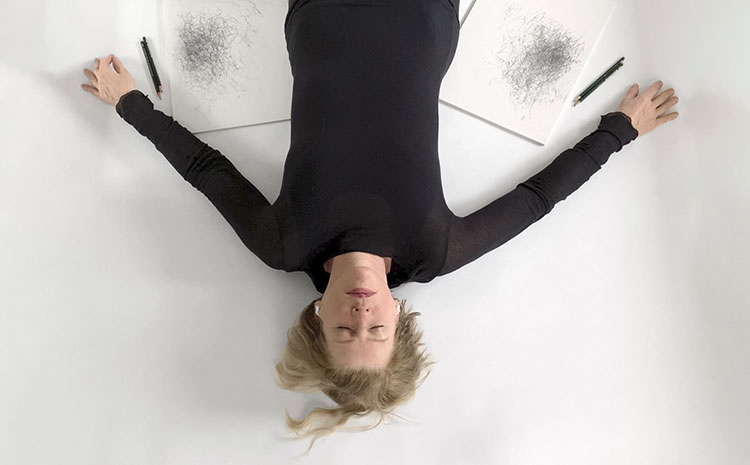
Capturing the Manifestation of Sound
As a female artist, Katja perceives herself as a resonant body, channeling Beethoven’s music through the medium of drawing. She is attuned not only to the pianist’s performance, but also to the historical and personal contexts that shape the music, which inform and enrich her artistic interpretation.
In her recent works, Katja Pudor, an artist, explores the intersection of sound and visual art. She poses the question, “What do I hear when I listen?” Her “I Feel Like A Dancer, A Choreographer, A Pianist” series responds visually to Beethoven’s piano sonatas, and she creates the pieces by drawing while listening to the music. For the first format, Pudor closes her eyes and draws with graphite pencils on paper in a darkened room while listening to a recording of the sonata. In the second format, she sits at a table with a larger sheet of paper and draws with up to 10 graphite pencils in each hand while listening to the music. Video recordings of the process allow viewers to hear the sound of the drawing. Pudor held a solo exhibition in 2021 called “I Feel Like A Dancer, A Choreographer, A Pianist” at the alte feuerwache project space in Berlin, featuring large-scale ink drawings and video stills of her performance process. Another work in her recent oeuvre is “What do I hear when I hear it?” – a series of ink on paper drawings that explore the question of what we hear when we listen to music. In “Rehearsel for a graphic performance with the sound ‘falling into place’,” Pudor uses ink on paper to create a 4 x 4 meter graphic performance, further exploring the connection between sound and visual art.
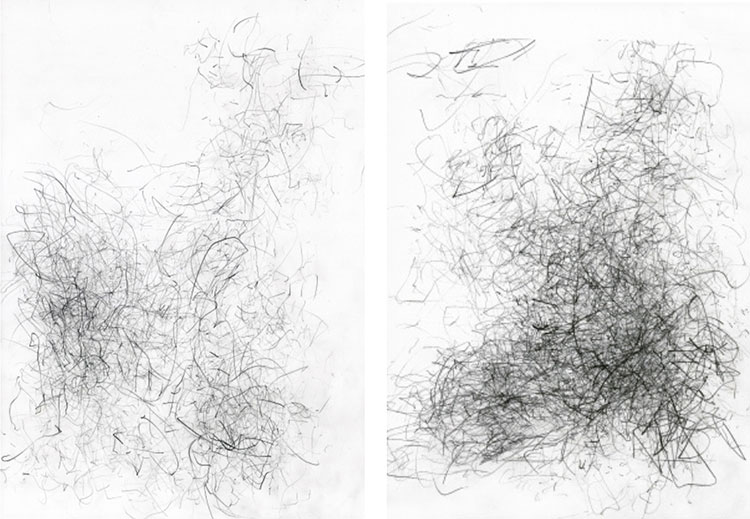
The Philosophy Behind Katja Pudor’s Performative Drawing
Katja Pudor embarked on an inquiry into the impact of music and sound on her physical state, exploring the intricate interplay between sound, bodily tension, and hearing. As a draftswoman, she captures the visible manifestation of the internal and external processes at play, observing how music triggers movements and the brushes become an extension of her arms. Her work draws inspiration from the urgent sociopolitical and philosophical issues that she encounters, including the writings of Jean-Luc Nancy, particularly his texts on the body, art, and dance. In her artistic practice, which she explores in her publication “I Feel Like a Dancer, a Choreographer, a Pianist” (2021), she prioritizes the principle of alterity, situating herself in a web of relationships with other artists, the past, present, and future, landscapes, and architectural sites. She embraces the words of Byung-Chul Han, who recognizes that appropriation of the other results in a transformative effect on both the subject and the object. Her performative-drawing process, devoid of choreography, offers a platform to observe the temporal and spatial dimensions of the visual action unfolding in the present moment, as a manifestation of inner necessity.
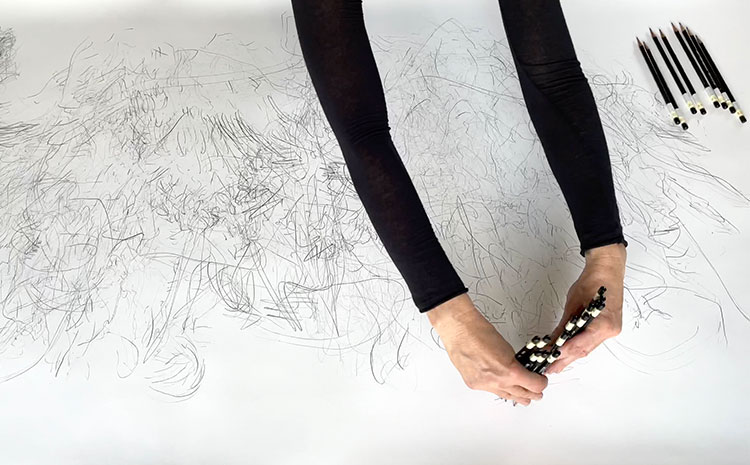
Katja Pudor’s Experimental and Inventive Approach to Drawing
Katja Pudor, a painter who has transitioned to working primarily with black in her drawings, began her artistic career utilizing a multitude of hues. Starting from 2009, her installations were based on her personal collection, but she faced a lack of financial resources for transportation. Consequently, she adjusted her approach by arranging for the delivery of paper directly to the exhibition space and creating her work on-site. For her piece “Seitenbewegung” in 2012, she constructed a paper platform and spent five days using charcoal to sketch within it, ultimately unveiling the finished product at the exhibition’s opening. In an adjacent room, she displayed film stills that showcased her in the act of creating the piece, initiating the performance aspect of her work. Katja’s process of creating art, encompassing its experimental and inventive stages, is central to her work, which she has documented through periodic photographs. She has been fortunate to find drawing formats that highlight her process-oriented approach and is grateful for opportunities to showcase her work in spaces that facilitate this, such as her exhibition at the Palais for Contemporary Art in Glückstadt, Germany last year.
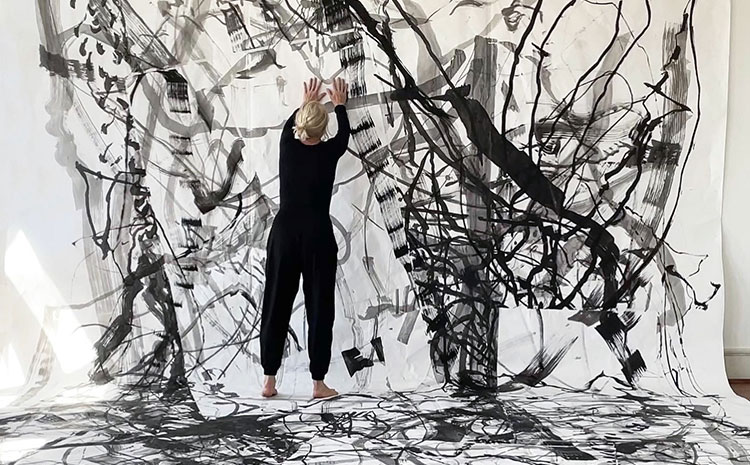


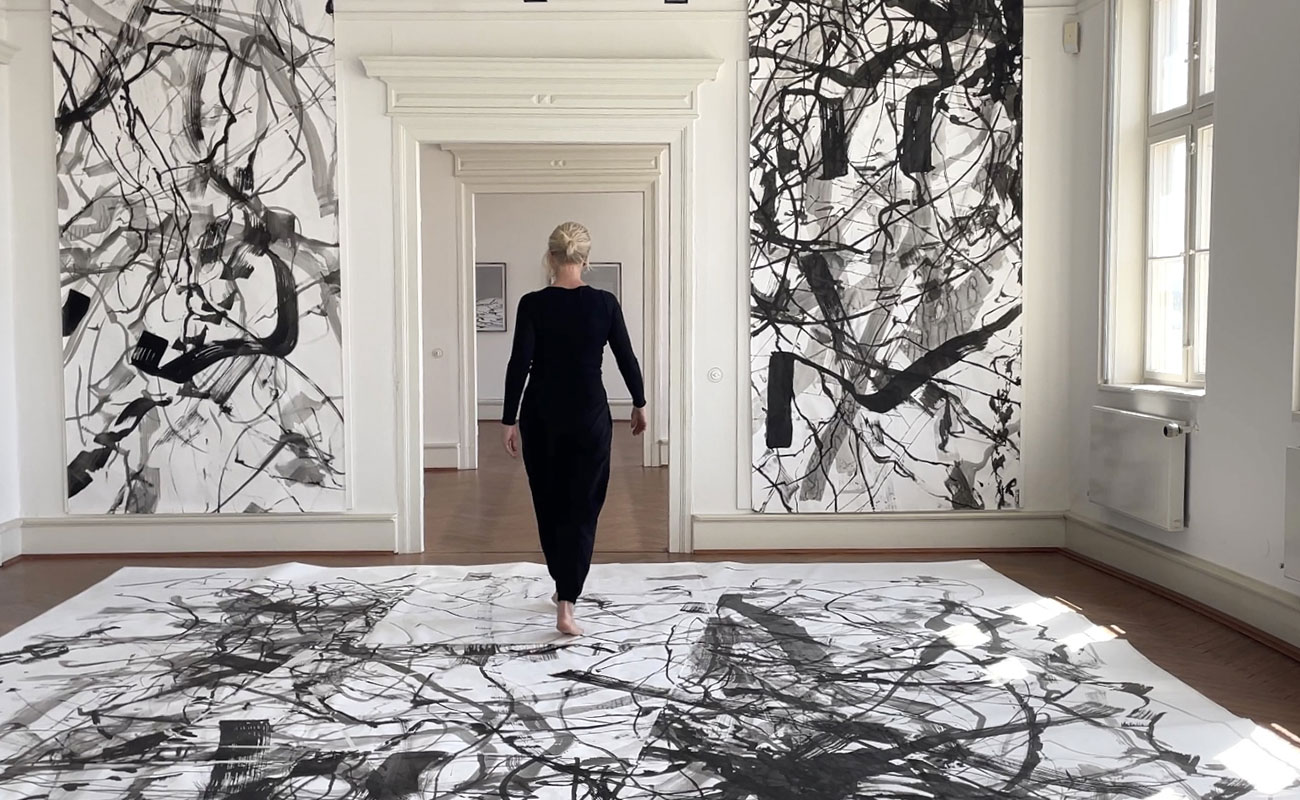
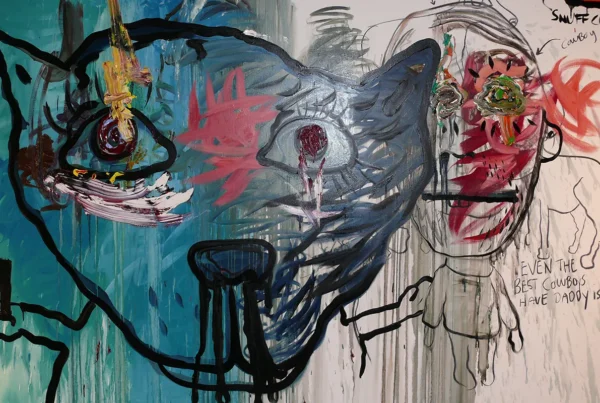
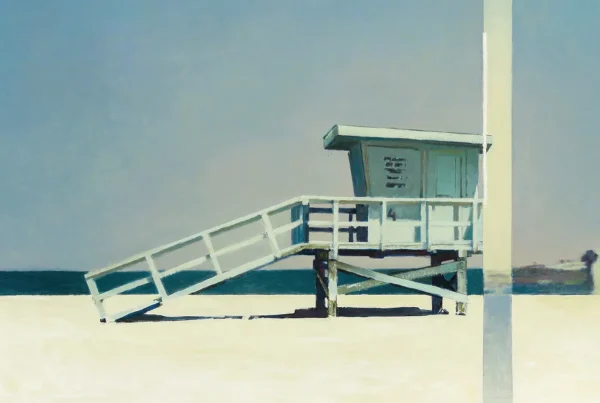
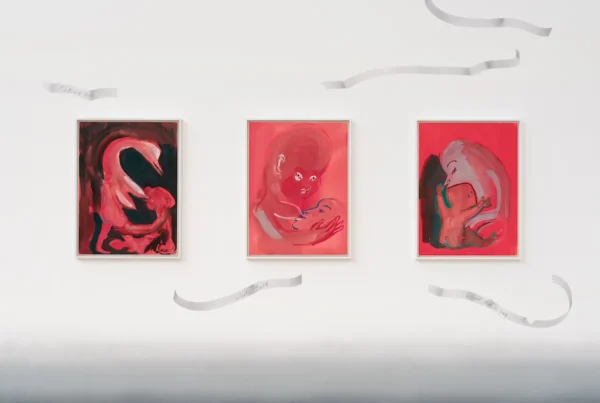
This is a good site in featuring new/emerging talents who are trailblazing their genre and explorations to exciting directions.